Unleashing the Future: How the Intersection of AI and Blockchain Technology is Changing Everything
It sounds like something straight out of a sci-fi novel, doesn’t it? Take two of the most disruptive technologies of our time—Artificial Intelligence and Blockchain—and smash them together. What you get isn’t chaos. It’s a symphony of innovation, a powerful partnership that promises to reshape industries, redefine trust, and unlock possibilities we’re only just beginning to imagine. The intersection of AI and Blockchain Technology is more than just a buzzworthy phrase; it’s a foundational shift in how we process data, make decisions, and create value.
For a long time, these two titans have been developing on parallel tracks. AI, the brain, is all about learning, reasoning, and making intelligent decisions from vast amounts of data. Blockchain, the backbone, is a distributed, immutable ledger focused on security, transparency, and decentralization. One is brilliant but centralized; the other is trustworthy but, on its own, not inherently ‘smart’. So, what happens when you give the trustworthy backbone a brilliant brain? Magic. You create systems that are not only intelligent but also transparent, secure, and autonomous. It’s a pretty big deal.
Key Takeaways
- Synergistic Power: AI and Blockchain are not competing technologies; they are complementary. AI provides the intelligence and analytics, while Blockchain offers the secure, decentralized, and transparent foundation.
- Enhanced Security & Trust: Blockchain can secure AI models and the data they use, making them tamper-proof and auditable. This helps solve AI’s ‘black box’ problem by creating a clear record of its decision-making process.
- Smarter Blockchains: AI can analyze blockchain data, automate governance through smart contracts, and optimize energy consumption in mining operations, making blockchain networks more efficient and intelligent.
- Real-World Impact: This combination is already making waves in finance (DeFi), healthcare (secure patient records), supply chain management (provenance tracking), and the creative economy (NFTs and DAOs).
First, A Quick Refresher: What Are We Even Talking About?
Before we dive into the deep end, let’s make sure we’re on the same page. It’s easy to get lost in the jargon, so let’s break it down simply.
Artificial Intelligence (AI): The Digital Brain
Think of AI as the science of making machines smart. It’s not just about robots taking over the world. It’s about computer systems that can perform tasks that normally require human intelligence. This includes things like learning from experience (machine learning), understanding language, recognizing images, and solving complex problems. Your Netflix recommendations? That’s AI. The spam filter in your email? AI again. It’s a powerful tool for finding patterns in massive datasets and making predictions or decisions based on that data. Its biggest strength is its ability to learn and adapt. Its biggest weakness? It often relies on centralized servers and can be a ‘black box’—we don’t always know *how* it reached a specific conclusion.
Blockchain: The Unbreakable Notebook
Forget the complicated explanations for a second. Imagine a shared digital notebook. Every time a transaction happens, a new line is added to the notebook. But here’s the catch: this notebook is copied and distributed across thousands of computers worldwide. To change a line, you’d have to change it on every single copy at the exact same time, which is practically impossible. This makes the notebook incredibly secure and tamper-proof. That’s the core idea of blockchain. It’s a decentralized, distributed, and immutable ledger. It’s fantastic for creating trust in a trustless environment because the rules are baked into the code and the record of events is transparent and permanent.

The Real Magic: Why Combining AI and Blockchain is a Game-Changer
Okay, so we have a smart brain (AI) and a trustworthy backbone (blockchain). Combining them creates a feedback loop where each technology enhances the other. It’s not just a simple mashup; it’s a true synergy.
How Blockchain Supercharges AI
AI has a few nagging problems. It needs tons of data, its decision-making can be opaque, and the models themselves can be vulnerable. Blockchain steps in like a superhero.
- Data Integrity and Security: AI is only as good as the data it’s trained on. If the data is garbage, the AI’s output will be too. Blockchain provides a secure, immutable record of data. When AI models are trained on blockchain-verified data, you can be sure it hasn’t been tampered with. This is huge for industries like healthcare and finance where data accuracy is non-negotiable.
- Decentralized Data Marketplaces: AI models hunger for data. Blockchain can facilitate the creation of decentralized data marketplaces where individuals and organizations can securely share or sell their data for AI training, all while maintaining control and privacy. You could literally get paid for the data your smart thermostat collects, and you’d have a permanent record of who used it and for what.
- Explainable AI (XAI): One of the biggest criticisms of AI is the ‘black box’ problem. Sometimes, we don’t know why an AI made a particular decision. By recording an AI’s decision-making process and the data it used on an immutable blockchain, we can create a transparent audit trail. This builds trust and accountability, especially for critical applications like loan approvals or medical diagnoses.
How AI Makes Blockchain Smarter
Blockchain is powerful, but it can be rigid and resource-intensive. AI can give it a much-needed intelligence boost.
- Intelligent Smart Contracts: Standard smart contracts are a bit… dumb. They execute predefined ‘if-then’ statements. That’s it. By integrating AI, we can create ‘intelligent’ or ‘adaptive’ smart contracts. These contracts could use machine learning models to analyze real-world data and make more complex, nuanced decisions. For example, an AI-powered insurance contract could automatically process a claim by analyzing satellite imagery of a flood zone.
- Resource Management: We’ve all heard about how much energy some blockchains (like Bitcoin) consume. AI algorithms can optimize this. They can analyze network activity and predict demand, dynamically allocating computing resources to improve efficiency and reduce the environmental footprint of blockchain operations.
- Blockchain Analytics: Blockchains generate a massive amount of public data. It’s all there, but it’s hard to make sense of. AI and machine learning algorithms are perfect for sifting through this data to identify patterns, detect fraudulent activity, predict market trends, and assess the value of digital assets.
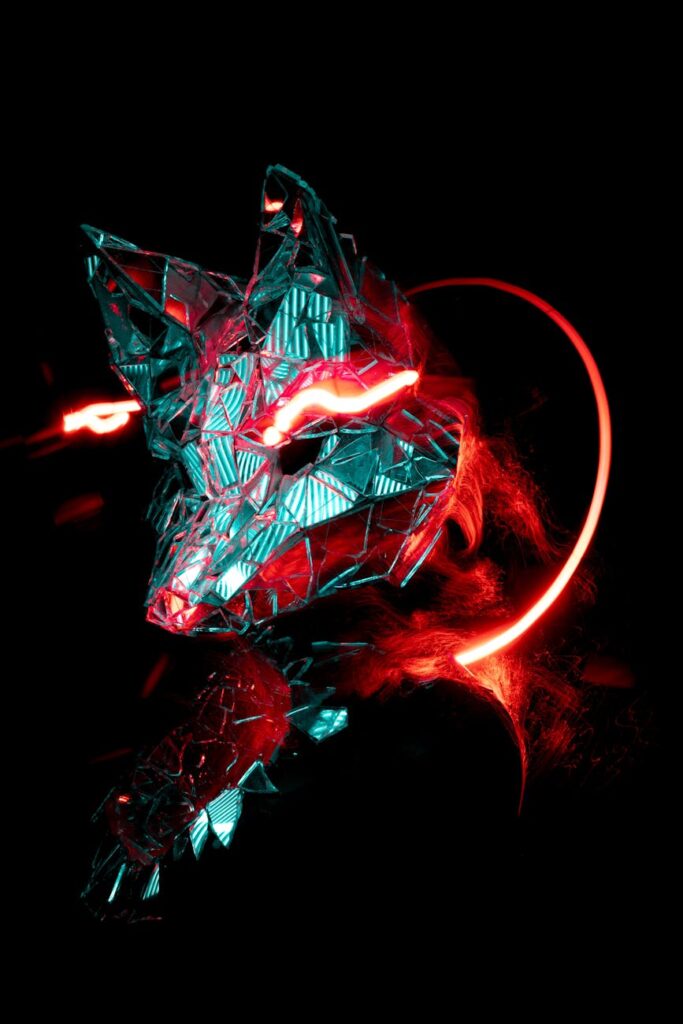
Real-World Use Cases: Where AI and Blockchain Technology are Making an Impact
This isn’t just theory. The fusion of AI and Blockchain Technology is already being deployed across various sectors. Let’s look at a few exciting examples.
Finance and DeFi
Decentralized Finance (DeFi) is a natural fit. AI-driven credit scoring models can operate on-chain, assessing a borrower’s risk based on their transaction history to issue uncollateralized loans in a trustless way. AI trading bots can execute complex strategies on decentralized exchanges, and AI oracles can provide secure, real-world data to smart contracts for things like prediction markets and derivatives.
Healthcare
Patient data is incredibly sensitive. A blockchain could provide a secure, single source of truth for a patient’s medical history, and the patient would control access with their private key. AI models could then analyze this anonymized data (with patient consent) to identify disease patterns or predict outbreaks without ever compromising individual privacy. It’s a way to unlock the power of medical data while giving control back to the patient.
Supply Chain Management
How do you know that ‘organic’ apple you’re buying is actually organic? Blockchain can create a transparent, immutable record of a product’s journey from farm to table. Every step—from harvesting to shipping to stocking—is recorded on the chain. AI can then analyze this data to optimize logistics, predict demand, identify bottlenecks in the supply chain, and automatically flag anomalies that might indicate counterfeit goods or spoilage. You could scan a QR code on the apple and see its entire life story.
“By combining AI’s ability to analyze and decide with blockchain’s ability to record and secure, we are creating autonomous systems that can operate with an unprecedented level of trust and efficiency.”
The Creator Economy and NFTs
Generative AI can create stunning art, music, and text. But who owns it? How can you prove provenance? Blockchain, through Non-Fungible Tokens (NFTs), provides a solution. An artist can mint their AI-generated artwork as an NFT, creating a verifiable and permanent certificate of ownership on the blockchain. AI can also be used to create ‘living’ NFTs that evolve or change based on external data inputs fed to them through smart contracts.
The Bumps in the Road: Challenges and Considerations
Of course, it’s not all smooth sailing. Fusing two complex technologies creates its own set of challenges. It’s important to be realistic about the hurdles we need to overcome.
Scalability is a big one. Blockchains, especially decentralized ones, can be slow and expensive to process large amounts of data. This can be a bottleneck for data-hungry AI applications that require real-time processing. Solutions like Layer-2 scaling are helping, but it’s an ongoing race.
Then there’s complexity. Developing applications that effectively integrate both AI and blockchain requires a highly specialized skill set. It’s a niche within a niche, and the talent pool is still growing. It’s not something you can just slap together over a weekend.
Finally, we have the issue of data privacy. While blockchain is transparent, putting personal data directly onto a public, immutable ledger is a terrible idea. Techniques like zero-knowledge proofs and other cryptographic methods are being developed to allow for data verification without revealing the underlying data itself, but this adds another layer of complexity.
Conclusion: A Glimpse into an Automated, Trustworthy Future
The intersection of AI and blockchain technology isn’t a fleeting trend. It’s a fundamental evolution in how we build digital systems. It’s about creating a world where data is secure, transactions are transparent, and intelligence is decentralized. We are moving away from relying on single, powerful entities to manage our digital lives and toward a future of autonomous, self-governing systems that operate on a foundation of cryptographic trust.
The journey is just beginning, and the challenges are real. But the potential is immense. From smarter financial systems and more efficient supply chains to a more equitable creator economy and more secure healthcare, the combination of AI and blockchain is a powerful catalyst for change. It’s a partnership that gives us the best of both worlds: the intelligence to see the future and the integrity to build it right.
FAQ
- Is AI or Blockchain more important for the future?
- That’s like asking if an engine or wheels are more important for a car. They solve different problems and are most powerful when they work together. AI is the ‘brain’ that provides intelligence and decision-making, while blockchain is the ‘trust layer’ that provides security and transparency. The future isn’t about choosing one over the other; it’s about leveraging their combined strengths.
- What is a simple example of AI and blockchain working together?
- Imagine a ride-sharing app (like Uber) but fully decentralized. The blockchain handles the payment and ride-matching rules via a smart contract. An AI algorithm could then be used to calculate dynamic pricing based on real-time traffic and demand data. The AI makes the intelligent pricing decision, and the blockchain executes the payment securely and transparently without a central company taking a huge cut. The entire process is automated, secure, and more efficient.
- Can blockchain make AI less biased?
- It can certainly help. AI bias often comes from the data it’s trained on. By using blockchain to create a transparent and auditable trail of the data used for training an AI model, we can more easily scrutinize it for potential biases. If an AI makes a questionable decision, we can trace it back through the immutable blockchain record to see what data led to that conclusion, fostering greater accountability.



 Get a Job in Blockchain: Your 2024 Web3 Career Guide
Get a Job in Blockchain: Your 2024 Web3 Career Guide 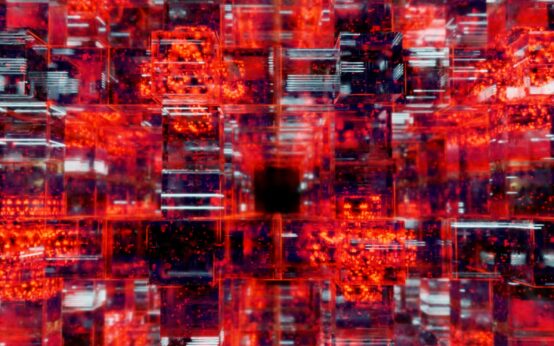 Wallet Types Explained: Hot vs Cold & More (2024 Guide)
Wallet Types Explained: Hot vs Cold & More (2024 Guide)  How Venture Capital is Shaping the Crypto Industry
How Venture Capital is Shaping the Crypto Industry 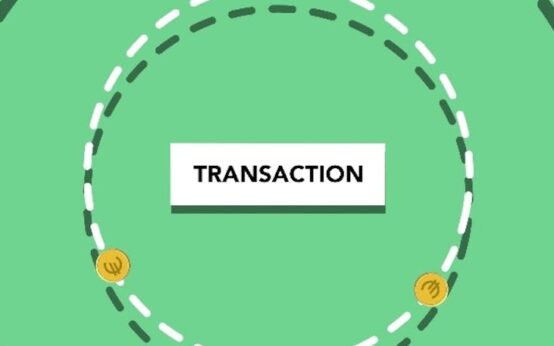 Sentiment Analysis for Crypto: A Trader’s Ultimate Guide
Sentiment Analysis for Crypto: A Trader’s Ultimate Guide 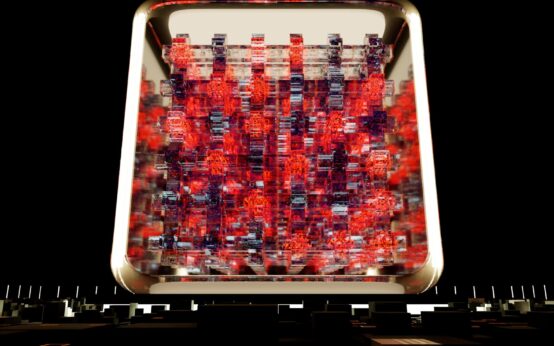 NFTs: The New Key to Membership & Brand Loyalty | Guide
NFTs: The New Key to Membership & Brand Loyalty | Guide 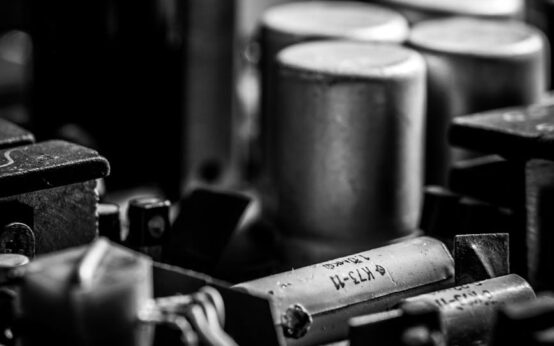 Polkadot’s Parachain Architecture Explained Simply
Polkadot’s Parachain Architecture Explained Simply  Get a Job in Blockchain: Your 2024 Web3 Career Guide
Get a Job in Blockchain: Your 2024 Web3 Career Guide 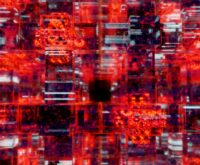 Wallet Types Explained: Hot vs Cold & More (2024 Guide)
Wallet Types Explained: Hot vs Cold & More (2024 Guide)  How Venture Capital is Shaping the Crypto Industry
How Venture Capital is Shaping the Crypto Industry  Sentiment Analysis for Crypto: A Trader’s Ultimate Guide
Sentiment Analysis for Crypto: A Trader’s Ultimate Guide  NFTs: The New Key to Membership & Brand Loyalty | Guide
NFTs: The New Key to Membership & Brand Loyalty | Guide  Polkadot’s Parachain Architecture Explained Simply
Polkadot’s Parachain Architecture Explained Simply